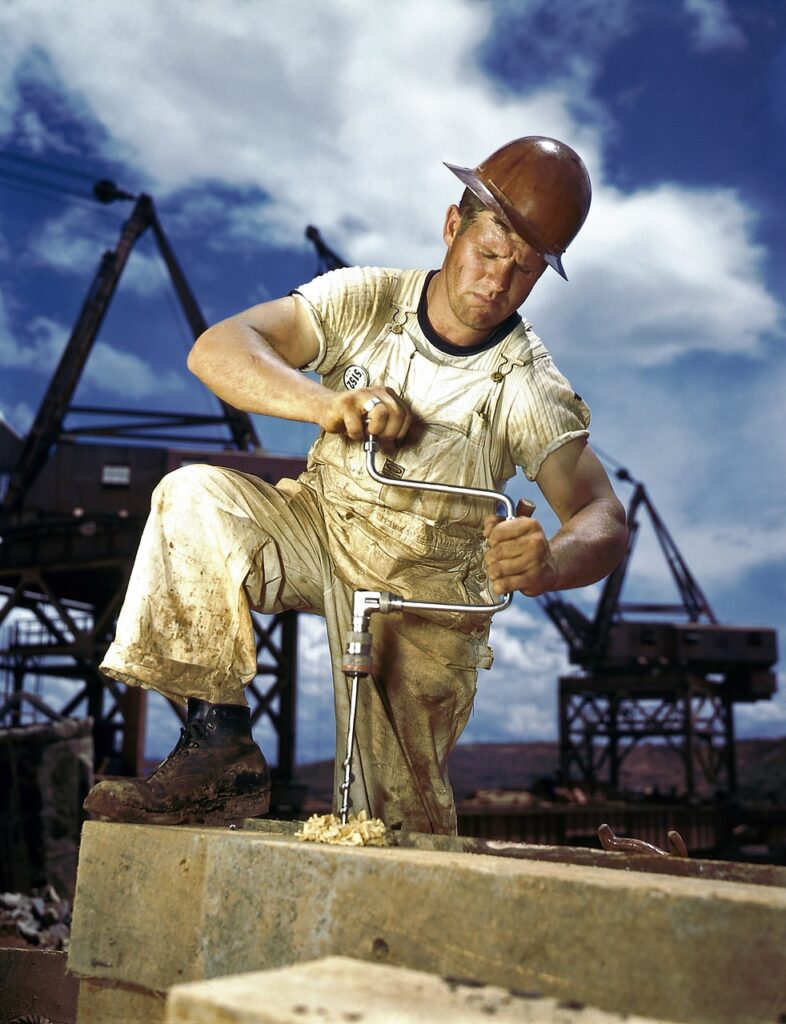Roofing projects require specific roofing tools and accessories to ensure safety, efficiency, and quality results. Choosing the right equipment makes the job easier and helps prevent mistakes or damage. Essential roofing tools include nail guns, roofing hammers, utility knives, and ladders, while accessories like roofing nails and safety harnesses support the work.
Each tool serves a clear purpose, whether it’s cutting shingles, securing materials, or accessing elevated areas. Understanding the function of these tools allows workers to complete roofing tasks with precision and confidence.
Knowing which tools and accessories are necessary can save time and reduce costs. They form the foundation for any successful roofing job, from repair to full installation.
Essential Roofing Tools and Their Functions
Roofing work requires specific tools suited to handling materials, measuring precisely, and ensuring safety. The right tools can improve both efficiency and the quality of the finished roof.
Hand Tools for Roofing
Hand tools are fundamental for many roofing tasks. A roofing hammer, for example, has a flat face for driving nails and a hatchet blade for cutting shingles. Roofers use claw hammers to remove nails and adjust materials.
A utility knife is essential for precise cutting of shingles and roofing felt. Chalk lines help mark straight lines for alignment, while a slate ripper assists in safely removing damaged shingles without harming surrounding areas. Pliers and tin snips are also common for bending or cutting metal flashing and other accessories.
Power Tools for Roofing Projects
Power tools speed up roofing projects and improve accuracy. Nail guns are widely used to drive nails quickly through shingles and underlayment, reducing effort and time on large roofs.
Cordless drills aid in fastening screws for metal roofing panels or securing fixtures. Circular saws with roofing blades cut plywood sheathing and other materials cleanly. Reciprocating saws help remove old roofing sections securely. These tools require proper handling to ensure safety during elevated work.
Cutting and Measuring Tools
Accurate cutting and measuring are critical in roofing to avoid material waste and ensure proper fitting. Tape measures are standard for measuring distances and layout before cutting materials.
Roofing squares help verify angles and ensure shingle placement aligns with eaves and ridges. Tin snips allow controlled cutting of metal flashings and vents. Chalk lines create temporary straight guides on large surfaces.
Utility knives with replacement blades allow detailed trimming. Combining these tools allows roofers to maintain precision and structural integrity during installation or repair.
Key Roofing Accessories for Professional Results
Choosing the right accessories can improve efficiency and safety while ensuring lasting results. These include essential safety gear, specific fasteners and adhesives for secure installation, and well-designed storage solutions to keep tools organized.
Safety Equipment for Roofers
Safety equipment is critical to prevent injuries on the job. Roofers rely on harnesses, fall arrest systems, and safety ropes to mitigate fall risks. Hard hats protect against head injuries from falling objects or accidental hits.
Gloves with good grip and cut resistance help with handling sharp materials safely. Non-slip roofing boots provide stability on steep or wet surfaces. Eye protection shields workers from debris, dust, and UV exposure.
High-visibility vests improve onsite awareness, especially in low light or busy environments. Proper safety gear must comply with OSHA or relevant local standards to ensure adequate protection during roofing tasks.
Fasteners and Adhesives
The integrity of a roof depends heavily on the quality of fasteners and adhesives used. Roofing nails, primarily galvanized or stainless steel, resist corrosion and secure shingles or tiles effectively. Screws offer stronger holding power for metal or wooden roofing components.
Adhesives like roofing cement and sealants create waterproof bonds around vents, flashing, and edges. They prevent leaks and wind damage by sealing gaps. Selection depends on the roofing material and environmental conditions.
Using the correct size and type of fastener or adhesive ensures durability while avoiding damage to roofing materials. Proper application also influences future maintenance and roof lifespan.
Tool Storage and Organization
Efficient roofing work requires easy access to tools and accessories. Durable, weather-resistant tool bags or backpacks often feature compartments for hammers, knives, and measuring devices. This prevents loss and saves time.
Magnetic trays or belts keep nails and small fasteners within reach without spilling. Portable toolboxes can be organized with labeled sections for adhesives, gloves, and safety items.
An organized setup reduces clutter on the roof and helps maintain safety. It also allows roofers to move quickly between tasks with the right tools at hand.
